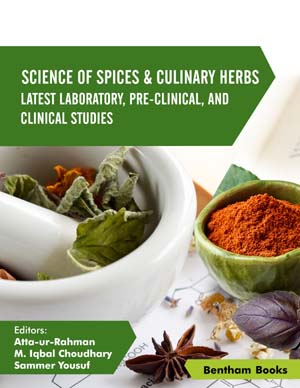Abstract
The most prevalent helminths are the gastrointestinal nematodes, such as the parasitic nematode Haemonchus contortus of sheep. Other economically important nematodes are phytoparasites, Nacobbus aberrans and Meloidogyne incognita, affecting more than 200 crops of plants and vegetables such as tomatoes, among others. Regarding the cestodes and Hymenolepis nana are the most prevalent worldwide. These helminths occur in warm temperate and dry geographical areas of developing countries with poor sanitary habits affecting mainly children between 2-8 years old. The conventional control is the use of anthelmintics (e.g. macrocyclic lactones, benzimidazoles and imidazoles) of synthetical origin; however, the misuse of these anthelmintics has led to a problem of chemical resistance worldwide; in addition, the residuality of these compounds in sheep byproducts, such as meat and milk, has caused a negative environmental impact. They also damage populations of beneficial organisms, such as the dung beetle, earthworms and nematophagous mites, among others. Hence, it is urgent and necessary to search for other integral, environmentally friendly, and sustainable control methods. The use of medicinal plants, mainly spices and culinary herbs, could be a sustainable alternative to control helminths that affect humans, plants and animals. This chapter presents an overview of the anthelmintic properties of cinnamon for sustainable helminth parasites control. This chapter is divided into several topics including 1) biology of cinnamon, 2) traditional and molecular taxonomic description of cinnamon, 3) metabolites reported in cinnamon, 4) uses of cinnamon as a condiment, 5) antiparasitic properties of cinnamon, 6) anthelmintic properties against agricultural pests, 7) anthelmintic properties against livestock pests and productive performance, 8) advances and perspectives of cinnamon in the control of anthelmintic properties, and 9) perspectives on the study of the anthelmintic properties of cinnamon.
Keywords: Anthelmintic properties, Cinnamomum verum, Culinary herbs, Spices, Soil-transmitted helminthes.






















